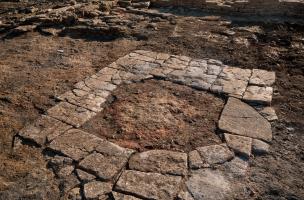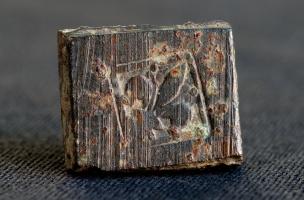You are here
The archaeology and history of Huguenin Jacquin, a 14<sup>th</sup> century Burgundian
The district of Saint-Martin-du-Mont is located thirty kilometers to the north-east of Dijon. Before the construction of two private residences in the hamlet of Cestres, at "La vie aux Maires”, an INRAP team is currently excavating a medieval residence of the second half of the 14th century, which was rapidly abandoned at the beginning of the 15th century. This work is curated by the State (DRAC Burgundy).
The excavations have revealed a large stone building with a flagstone roof, composed of limestone plaques typical of residences on the Burgundy plateaus.
The archaeology of a place of residence, business and power
The archaeological artifacts recovered corroborate this impression. A large number of clothing decorations, a gilt bronze belt, a spur, an anthropomorphic spoon handle and numerous coins, some bearing the effigy of Eudes IV, Duke of Burgundy (1315-1349), confirm the social status of the occupants. The discovery of a seal matrix, decorated with the profile of an individual surrounded by three clasps, and that of a monetary weight, show that this residence was also a place business, or even power.
Where we learn the history of Huguenin Jacquin and his lineage
Descending from a lineage of mayors of Cestres, Huguenin Jacquin was a wool trader linked to international commerce through his relationship with Antonio dei Grassi, a merchant from Milan. Starting in the 14th century, the Lombardic merchants were massively present at trade fairs, where they dominated the wool, horse, and even usury markets.
In 1360 Huguenin Jacquin was already the guarantor for the Lombardic merchant. In 1376, the Burgundian became his creditor and ordered the confiscation of the wools of Antonio dei Grassi. From 1383 to 1384, Huguenin Jacquin was the Châtelain of Talant and served as an intermediary between the Duchess Marguerite and her "livestock buyers”. His daughter Eglantine then married Perrenot Poinsot of Saint-Seine. She pursued the commercial activities of her father during the passage from the 14th to 15th centuries, often accompanied by her son Guillaume during her widowhood. Guillaume himself would become mayor of Cestres.
Though the existence of Huguenin Jacquin has been completely lost from collective memory, the name of the land plot currently being excavated, the "Vie aux Maires” perpetuates one of the aspects of this family from Cestres.
This excavation highlights a type of person rarely addressed in archaeology: the rural trader, who had power in many activities, acting as a merchant, chatelain and representative of the community. With strong local ties, he also participated in international commerce through the intermediary of wool, a raw material that ensured the wealth of the Châtillon plateaus during the Middle Ages. A group of buildings contemporary with the Huguenin Jacquin residence, devoted to raising sheep for their wool, was also discovered nearby.
The tragic demise of the Jacquins ?
The Jacquins abandoned many of their personal, and often valuable, belongings at their residence. Why did they do this? Recurring Black Death infestations could be one reason. Hit by the plague, they would have abandoned their home with no hope of returning. Invasions by armed bands of ferocious crooks could also have been a cause.
Since this catastrophic abandonment, the Jacquin residence has never been reoccupied. After being partially dismantled for its stones, it was rapidly covered with a layer of colluvial earth and the land has been used for agricultural purposes ever since.
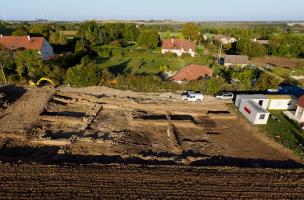
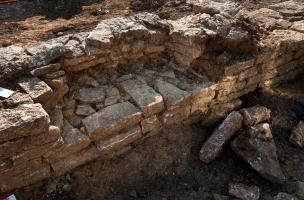
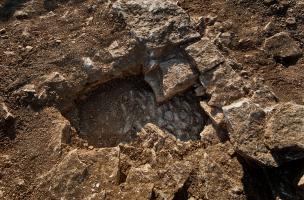
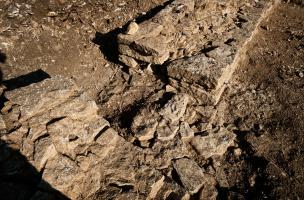
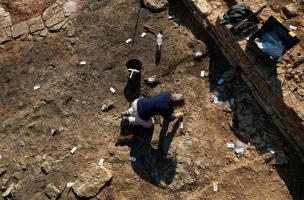

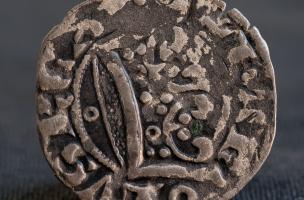
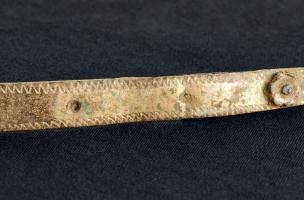
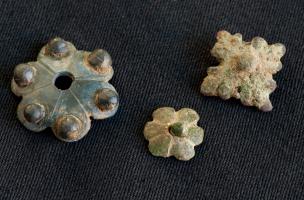

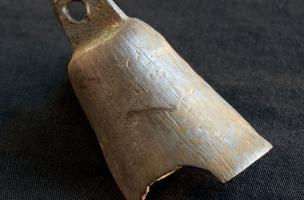
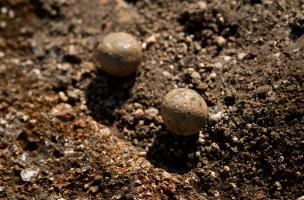



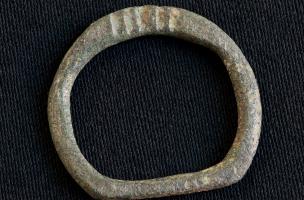
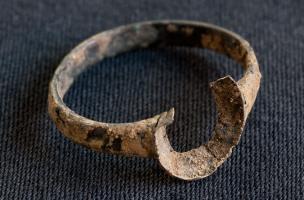
Mahaut Tyrrell
Inrap, Cultural development and communication
01 40 08 80 24
mahaut.tyrrell [at] inrap.fr
Astrid Chevolet
Cultural development and communication
Inrap, direction interrégionale Grand Est sud
03 80 60 84 29
catherine.dureuil [at] inrap.fr



